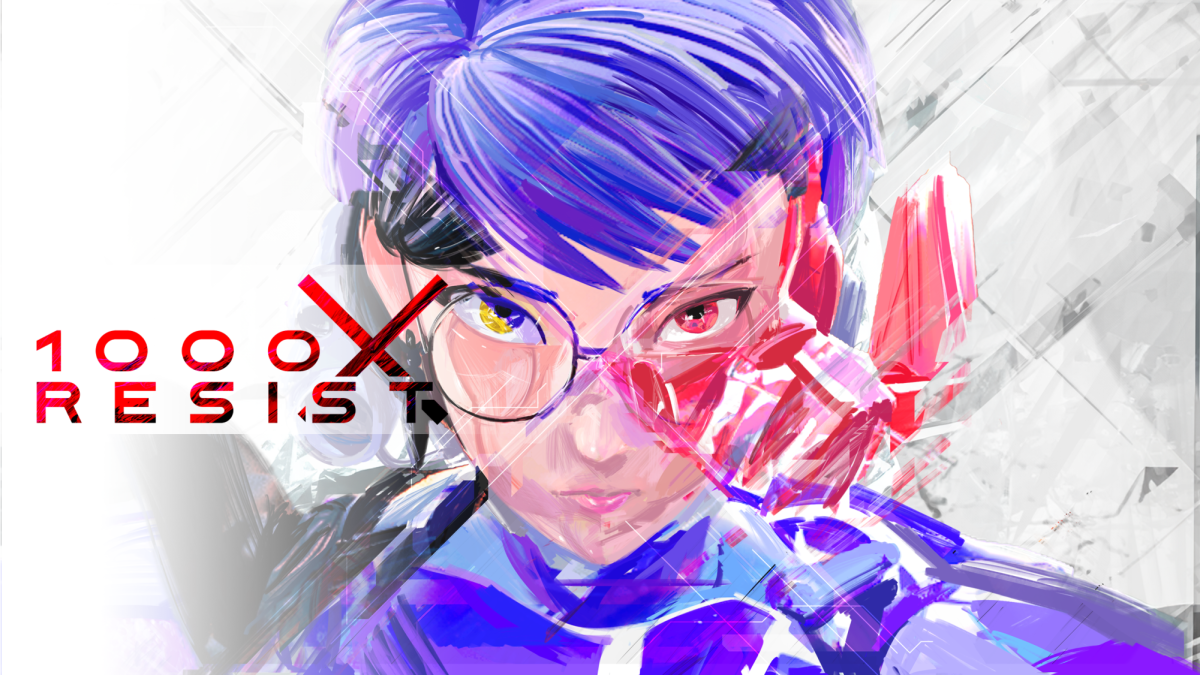It’s hard to make a video game. Every element — the graphics, soundtrack, art style, gameplay and story — must work together to be considered “good.” It’s even harder when you’re an independent studio making a game for the first time. Despite all of these factors, Sunset Visitor’s debut game, 1000xResist, is one of the best games I’ve played in a while and is something any science fiction or video game fan should experience.
What is 1000xResist?
1000xResist is a narrative adventure game that was released on May 9, 2024 (yes, I am very late to the party on this game). It takes place in a post-apocalyptic world where alien invaders known as Occupants have invaded Earth, spreading a disease that killed most of humanity.
The game follows Watcher, a member of a society of clones who worship the last surviving human, a teenage girl referred to as the Allmother, who serves as the clones’ genetic basis and is the only person immune to the disease.
Outside of the hub world, the Orchard, the game mostly takes place in a series of “communions,” when Watcher looks into the Allmother’s memories to learn as much as she can about her. In these communions, you talk with figures from the past and switch between time periods, exploring them to solve puzzles.
The game’s developer, Vancouver-based Sunset Visitor, is a majority Asian-Canadian independent studio “dedicated to telling diverse stories through the lens of speculative fiction.” According to Remy Sin, creative director of 1000xResist, the game is inspired by games from Tale of Tales, an experimental game developer, and Kentucky Route Zero, a point-and-click adventure game.
In a Gamespot article discussing Asian American and Pacific Islander Heritage Month, Sin spoke about the game’s mission, saying, “Our whole mission with 1000xRESIST was to see ourselves, and Asian diasporic stories, in-game and on screen, portrayed with dignity. To realize our desire for these stories to be told in ambitious and experimental ways, that held space for dreaming, yearning, and searching.”
Breaking it Down
But what makes 1000xResist particularly special? Well, to answer that, I want to briefly take us away from the story and into the graphics and art design. 1000xResist is the first game from a studio with four full-time employees; it would be hard to make a big-budget graphical powerhouse of a game in those conditions. So they didn’t. Instead, they perfected what they could.
This was actually part of the reason the game was set in a society of clones. In an interview with Ensemble, art director Kodai Yanagawa said that clones were chosen for both thematic reasons and to allow the team to focus on improving one model rather than trying to make several.
Those flourishes — those moments where the developers expertly make something despite constraints — are everywhere throughout the game. Sparse environments become eerie wastelands; huge, sterile-white rooms become like terrariums, making the player feel small and trapped. Everything works to create the game’s unique atmosphere.
These moments of improvisation and creating something beautiful out of sparseness are all over the game, from the soundtrack to the voice acting. It makes it so that, despite being a smaller game, it feels big.
Besides that, there’s a lot of intentionality in the game’s design choices. Take the Orchard, which was inspired by the streets of Hong Kong, or how the game has only a few major locations, which the developers say made it feel like a 90s TV show. These tie the story to certain places or storytelling mediums, many of which are relevant to the story.
At the Heart of it All
There’s a lot going on here; 1000xResist asks questions both personal and political in equal measure. And yet, nothing ever feels underdeveloped or difficult to understand. It blends the questions nearly flawlessly.
Much of the more personal storytelling is done through the communions. You’d think they’d be off-putting considering the more unreal elements of the game, but they aren’t. Scenes where characters discuss the difficulties of assimilating into a new culture sit next to scenes of birthing clones, but they never feel far apart. They’re always connected thematically. Even if you aren’t a fan of sci-fi, you can grip onto the real stories of culture, prejudice and growing up.
As much as I want to go annoying-English-major on you and talk more about the story and its themes, I’m going to stop here. I hate to be that person, but this is one of those games where experiencing the story on its own merits, without any spoilers or priming from anyone else, is important.
I’ll just say this: I believe that in both its primary mission, standing with its inspirations and just as a video game, 1000xResist absolutely succeeds on every level.
By the end of the story, I’d cried more than once (though to be fair, I cry easily at sad stories), thought more about how stories are passed down from generation to generation than I ever have in my life and developed an extreme fear of giant human-shaped aliens. Ok, maybe not the last one, but otherwise this was a game that made me think about these issues more than I expected to when I bought it, only expecting a fun sci-fi adventure.
All that to say, play 1000xResist; you won’t regret it.
1000xResist is available to purchase on Nintendo Switch and PC. This review was based on the Nintendo Switch version of the game.








